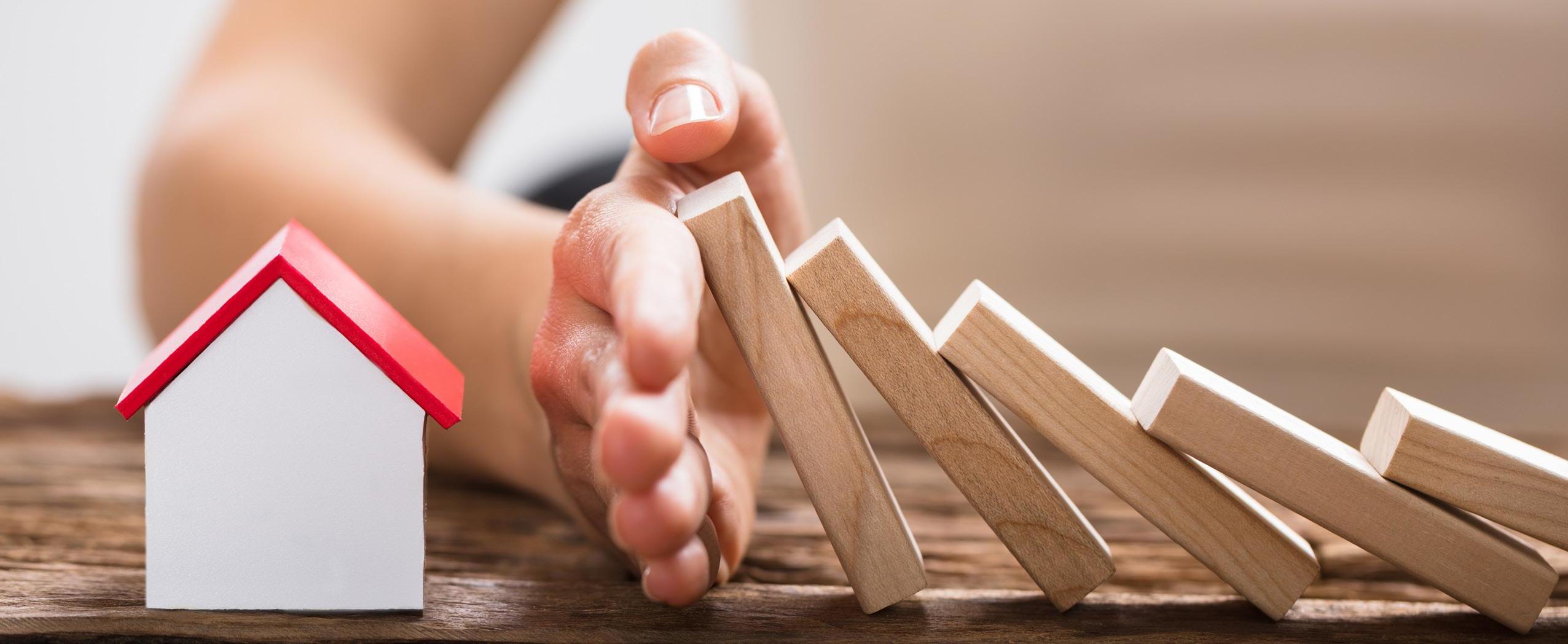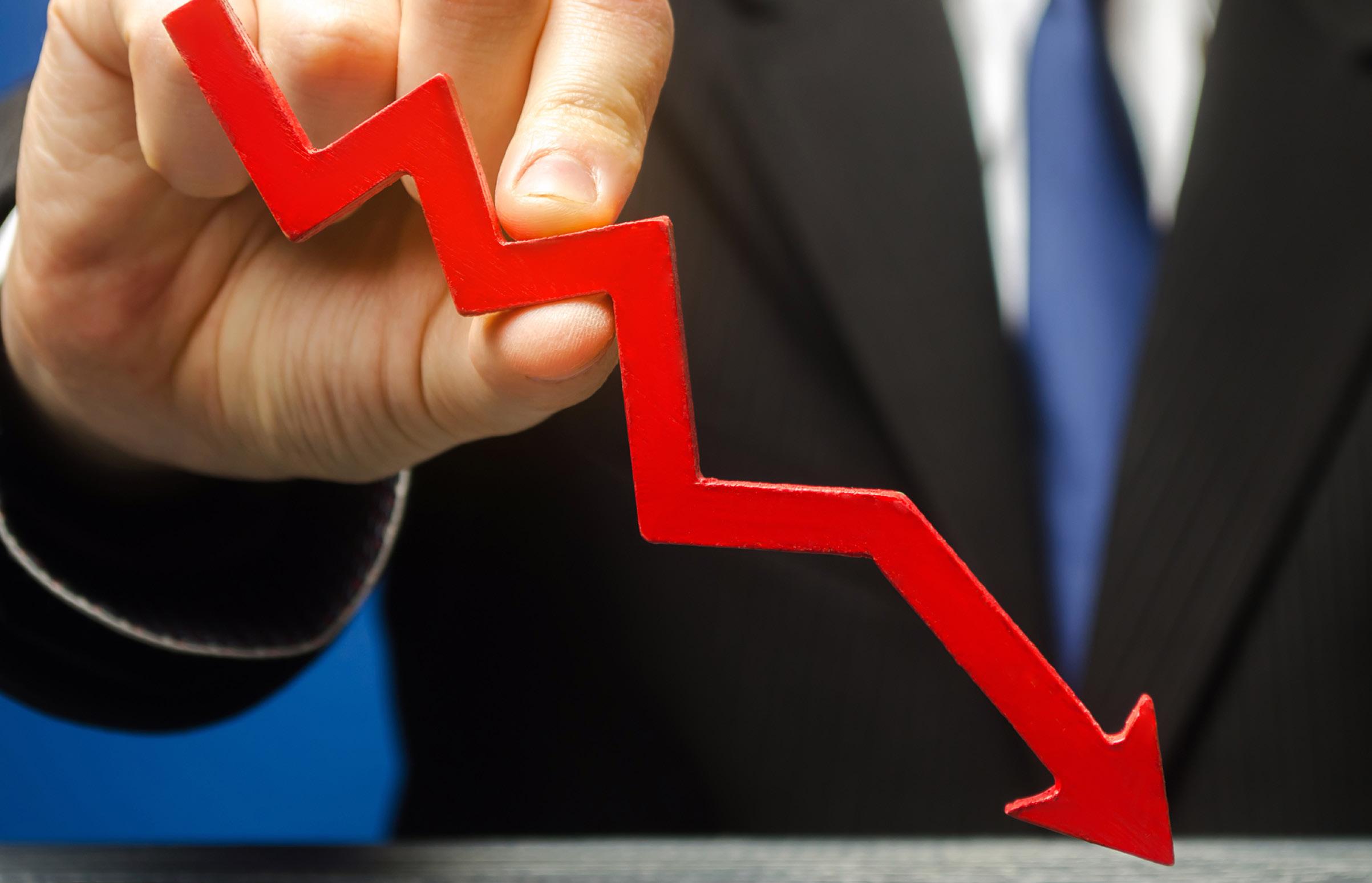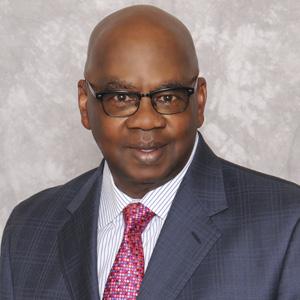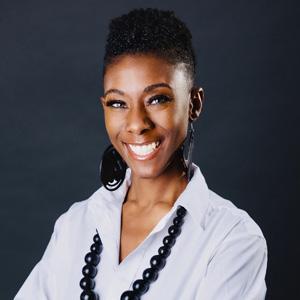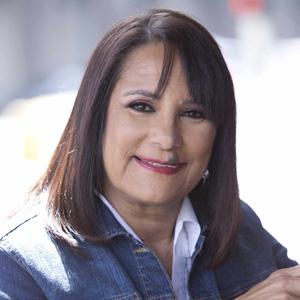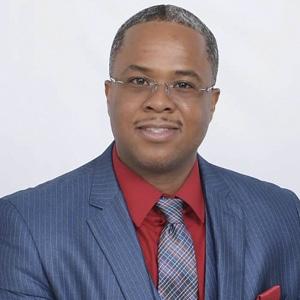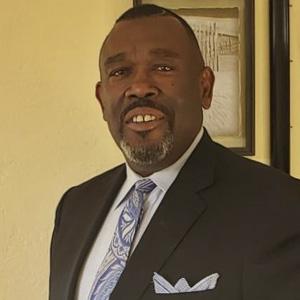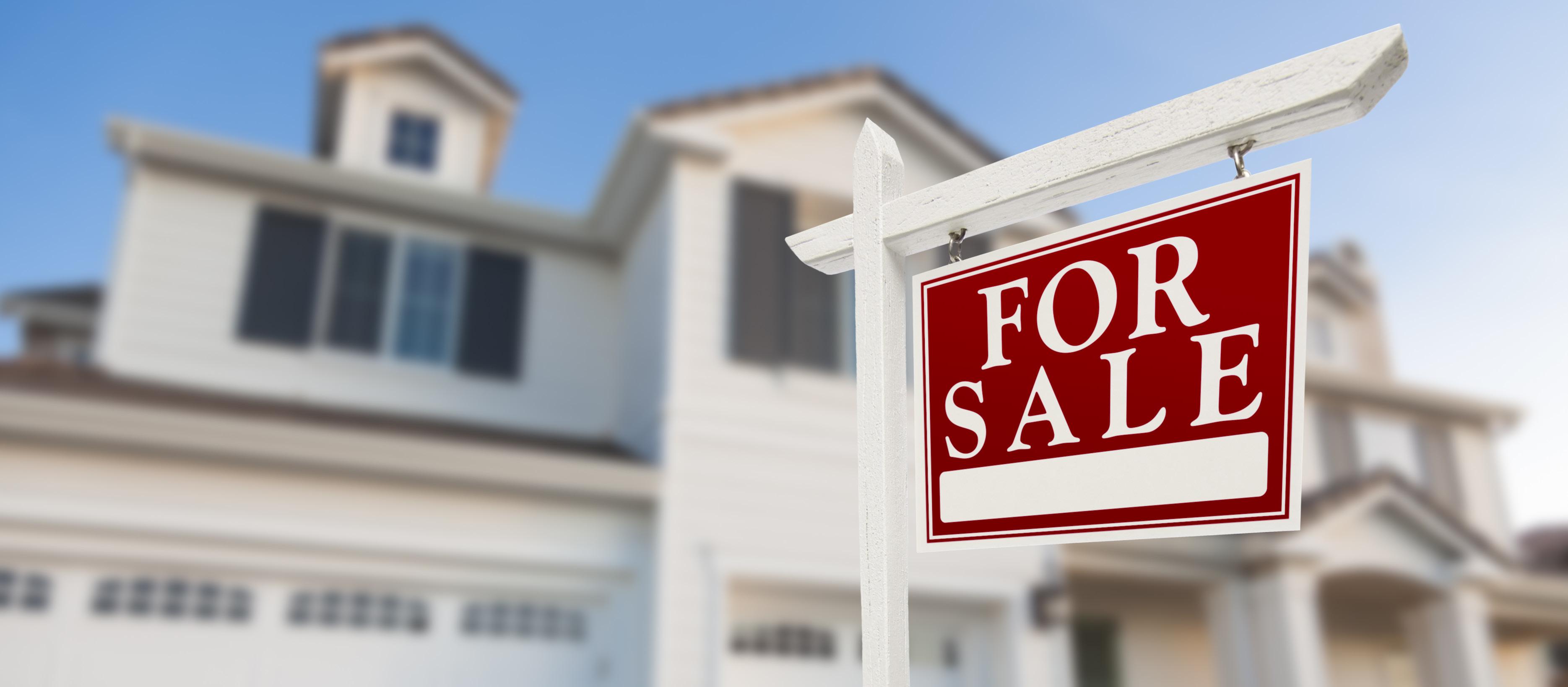
8 minute read
7. The red flags to watch out for before
buying a manufactured home in Maryland, by Emerick Peace. Pg. 51. 10 creative ways for realtors to reduce their tax bill, by Adriana Montes.
IN OUR WEST COAST
EDITION:
Pg. 57. The red flags to watch out for before hiring a home contractor, by Yvonne
McFadden. Pg. 61. 5 reasons why you should never sell or buy a home without an agent, by Peggie
Simons. Pg. 65. Best Neighborhoods in Corona for young homeowners, by Kamesha Keesee. Pg. 69. Fontana Real Estate Market trends:
Appreciation rates and looking beyond the 2nd quarter, by Ameer Elahee. Pg. 73. First Time Homebuyer Guide: Preparing yourself for your first mortgage, by Ruby
Frazier. Pg. 76. About Marcia Fudge: U.S. Secretary of
Housing and Urban Development Pg. 81. Debunking real estate investment myths in Irvine, by Cornelius Jackson. Pg. 84. Deciding to rent or sell your home in
Corona, CA, by Jenny Gonzalez. Pg. 88. Understanding what real estate COMPS are and how to easily find them in 2021, by
Danon Burnside. Pg. 92. How to make a good offer on an overpriced home, by Denise Matthis. Pg. 95. 5 ways to prepare for selling during this spring season, by Kenneth Session. Pg. 98. Smart ways as a homeowner you could save on home insurance, by Robert
Langston. Pg. 102. Black homeownership hurdles:
Student loan hurt millennials ability to save for a downpayment, by Briana Frazier. Pg. 106. Top 10 trends for the L.A. real estate market in 2021, by Adrian Bates. Pg. 109. Real estate sales activity in Southern
California, by Success Money. Pg. 112. The top 5 tips for prepping your home in Richmond, CA.


POWER LEGAL
Pg. 114. New report highlights housing insecurity and the need for aggressive action.
POWER MORTGAGE
Pg. 118. Mortgage Rates Need to cool down
Right Now and this is why. Pg. 120. FHFA Extends Forebearnace period to 18 months.
POWER HEALTH
Pg. 122. About Autism Awareness Day.
Pg. 126. As Need for Mental Health Care
Surges, A Funding Program Remains
Underused.
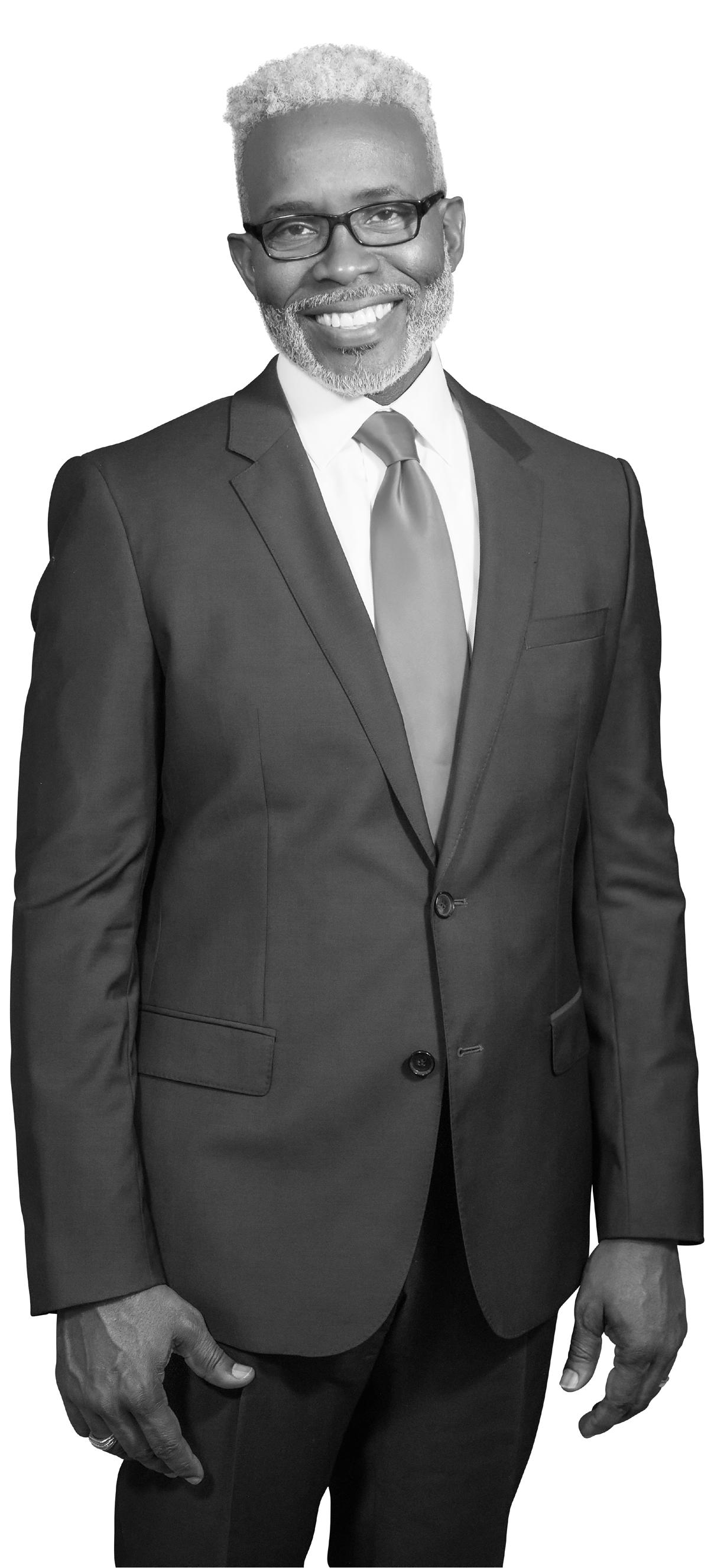
FROM THE EDITOR
April is here folks. The first quarter in 2021 is down now. Three more to go to wrap up the year. It feels too early to mention this. So far so good I’d say. But wait, what an eventful March. Let me draw your attention away from real estate for a while. Did you see our able Vice President, Kamala Harris walk right past the saluting military to board the Airforce One without giving them a salute back? Yes, it happened that Kamala skipped the military salute. The most rather fascinating thing is that it happened to the least-expected person. Anyway, we all make mistakes, don’t we?
Moving on, March was also very interesting when it came to the real estate market across the country. The U.S. Census Bureau announced the other day that after a near 10-year high in January, new home sales in February dropped 18.2%, representing the sharpest month-over-month decline since 2013. Can you imagine that! On the other hand, buyer demand for new houses is still on the rise. Data from the US Census Bureau further showed that new home sales surged by 8.2% on a year-over-year basis.
How about housing supply? With the current outlook of things, we would need approximately six months of housing supply to strike a more balanced real estate market between home buyers and new homes for sale.
Elsewhere, the 10-year US Treasury yield decreased towards the last weeks of March. We all know what this means to the mortgage market. When the yield drops, so do the mortgage interest rates. Interest rates are still low, which means, you have a good opportunity to get a mortgage and get yourself and your family home.
Moving on, I’m so excited April is finally here. We all know what this month means for the housing industry and especially for the minorities. April marks the National Fair Housing Month, which celebrates the passage of the Fair Housing Act in
April 1968. This act prohibited discrimination in the sale, rental, and financing of housing based on race, color, national origin, religion, and gender, while California extends the protections to marital status, sexual orientation, ancestry, source of income, and for arbitrary characteristics such as age or occupation.
April is the month to remind everyone that the principle of fair housing is not only a state and national law but also a fundamental human concept and entitlement for all Americans.
There is an amazing lineup of events to mark Fair Housing Month, which I’m eagerly looking forward to.
On the cover of this month’s edition is the phenomenal woman Marcia Fudge, the current secretary of Housing and Urban Development, nominated by the President Joe Biden in December 2020 and approved on February 4, 2021, by the Senate Banking Committee. Fudge was sworn in to the office on March 10, and as the HUD secretary. You’ll find more about this great woman in the cover story.
Moreover, this issue brings you useful insights, trends, and market predictions from various markets including Florida, Maryland, New Jersey, Arizona, and the larger Inland Empire. You’ll also read more on how environmental racism is occurring in the US and how you can navigate foreclosures in the face of a pandemic.
Meanwhile, The Power Is Now Media, Inc. is a company focused on educating and providing information surrounding real estate including acquisition, management, and financing real estate. For consumers, we are a resource that will answer all your questions concerning real estate, while for real estate professionals, we’re a platform that will help you demonstrate your expertise and facilitate your brand growth.
ERIC L. FRAZIER MBA President and CEO The Power Is Now Media, Inc.

APPARENTLY, “ENVIRONMENTAL RACISM” IS A THING IN AMERICA: HOW ENVIRONMENTAL RACISM LEAVES THE VULNERABLE BEHIND
Most of us understand the environment as a force of nature that cannot favor or disfavor anyone or any groups of people. However, like all things on this planet, the environment is subject to human influences. Unfortunately, these influences often tend to lower their hands to the worsts of our society including racism and classism which ultimately creates environmental racism. What is environmental racism?
In his book ‘Dumping in Dixie,’ Robert Bullard describes environmental racism as “any policy, practice or directive that differentially affects or disadvantages (where intended or unintended) individuals, groups or communities based on race.” In other words, environmental racism refers to how neighborhoods occupied by minority groups—often populated primarily by people of color and members of lowsocioeconomic backgrounds— are burdened with disproportionate numbers of hazards including toxic waste facilitates, garbage dumps, and other sources of environmental pollutions and foul odors that lower the quality of life, leading to different diseases and cancers. Due to this, as the fight with climate change worsens, minority communities are disproportionately affected.
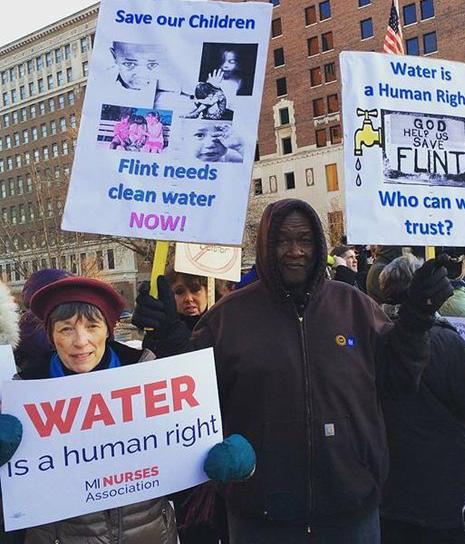
In the richest country in the world, the U.S., racism seems to be rooted everywhere. From unequal job opportunities to legal injustices, and now we’re talking about environmental racism. In the US, certain vulnerable communities— especially African-Americans and other indigenous groups—

have been fighting for the right to clean, safe, and healthy environments for decades. Generations of systemic racism mean that access to clean, air, clean water, and proper sanitization in the US are not guaranteed to the minorities.
The health effects brought by the continuing environmental racism in the US are staggering. African-Americans are 75% more likely to reside in close proximity to oil and gas facilities which emit toxic pollutants in the air. As a result, these communities record higher rates of cancer and asthma. Research revealed that African-American children are twice as likely to develop asthma as their peers.
According to 2016 data from Healthcare Research and Quality, out of every 100,000 kids admitted to the hospital for asthma that year, those of Asian and Whites origin were 47 each, 82 were Hispanic, while 223 were AfricanAmerican. There has long been a lack of political will to protect the communities most harmed by pollution – and the climate crisis could exacerbate these inequalities, as well as create new ones.
WHERE DID ENVIRONMENTAL JUSTICE COME FROM?
According to environmental justice advocates, the inequalities caused by environmental racism are not coincidences. Instead, they stem from a long history of racist and discriminatory practices that gave a nod to industries to pollute with impunity in regions occupied by minority communities.
For instance, in Brooklyn, the electric and gas utility National Grid is constructing a pipeline that will run through Bushwick, a heavily industrial neighborhood home to many Latinos, and Brownsville, a majority African-American neighborhood that also has the highest adult asthma rate in New York City. The construction of this pipeline poses a public health risk, and it will also further contribute to the climate crisis – which in turn disproportionately will hurt the minority communities and lowerincome communities.
GETTING ENVIRONMENTAL JUSTICE BACK
Environmental justice advocates are hoping to get some support from the Biden administration, which intends to deliver 40% of the benefits of federal investments in clean energy and infrastructure to the minority communities. As one of his first actions in office, Biden created two new environmental justice councils in the White House. The nomination of Deb Haaland, a New Mexico congresswoman and member of the Laguna Pueblo tribe, to lead the Department of the Interior could mean a radical transformation of US priorities concerning conservation and Indigenous rights.
Work cited.
https://www.theguardian. com/us-news/2021/feb/11/ environmental-racism-americasdirty-divide.

